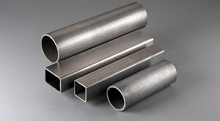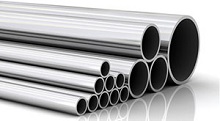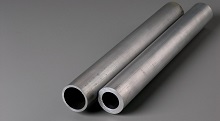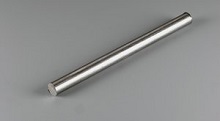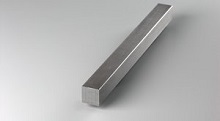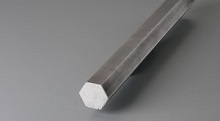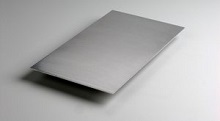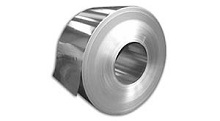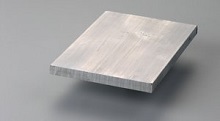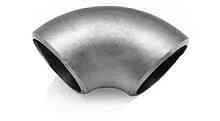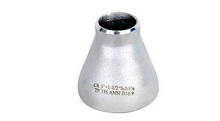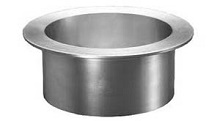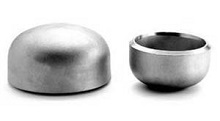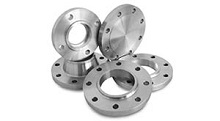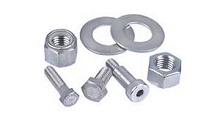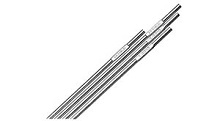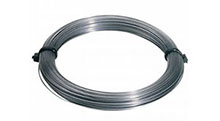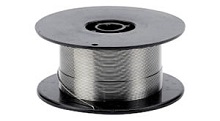SS 304 is a stainless steel with applications ranging from the manufacturing of chemical equipment, kitchen and cooking utensils and equipment, to surgical tools and textile dyeing equipment. The metal is characterized by its corrosion resistance, especially in cases of oxidation and salt water. Otherwise referred to as Grade 304 or Type 304, it is the most commonly utilized grade of stainless steel, being extremely versatile in application, form, and finishes.
SS 304 is considered the basic stainless steel alloy, composed of 18% chromium and 8% nickel. These components also give cause for 304 to be referred to as “18/8”. The remainder of its composition is made up of carbon, manganese, silicon and very small amounts of phosphorous and sulfur. This makeup ensures that SS 304 has a well-balanced level of performance in terms of weldability, corrosion resistance and anti-oxidation properties.
Additionally, the metal is pliable under both hot and cold working, though it responds better to cold working; it will only work harden under cold working. Extended exposure to temperatures between 800–1500°F can lead to embrittlement and should be carefully monitored.
SS 304L is the low-carbon derivative of Type 304, and although the two types share many of the same properties, it is the differences in carbon content that differentiates them. SS 304L is used for applications where a low carbon count is required, such as in heavy gauge components. Its different composition from Type 304 also eliminates the need for post-weld annealing to effectively maximize corrosion resistance. Additionally, it also possesses a higher work hardening rate.
304L exhibits excellent resistance in a variety of atmospheres and temperatures, along with the corrosion and oxidation that occurs over time. It is often applied in areas of higher temperatures than Type 304 can endure, and its low carbon allow it to be resistant against carbon precipitation. However, like many stainless steels, it is susceptible to warm chlorine environments and can potential pit and crack.
Stainless Steels 304 and 304L can be commonly found dually certified. This utilized the widely applicable properties of both metals and meets the individual specifications for each.
Heat Exchangers

